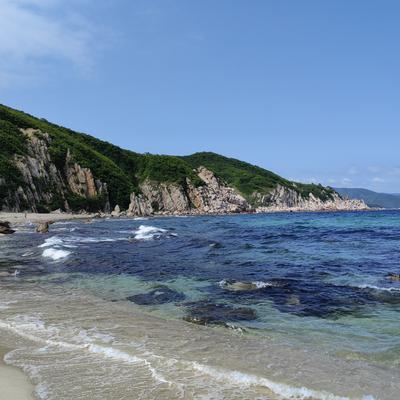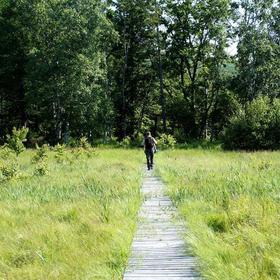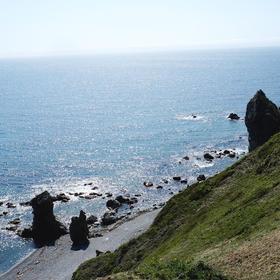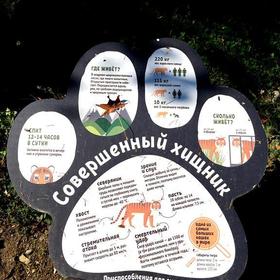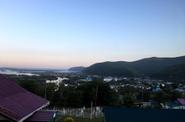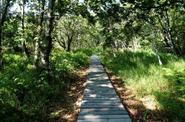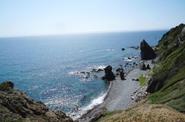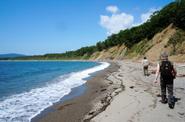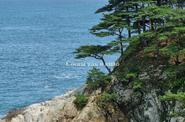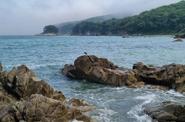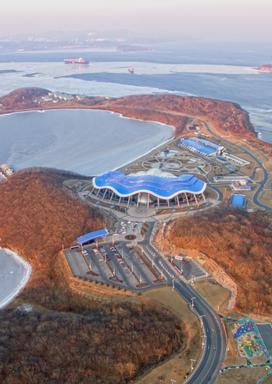The Sikhote-Alin State Reserve was founded on February 10, 1935 to restore the sable population. Currently, several hundred species of animals and birds, over a thousand species of plants are protected here. The first director of the reserve was Konstantin Georgievich Abramov, a traveler, naturalist and hunter, the founder of conservation in the Far East. In July 2006, by a decision of the Government of the Russian Federation, the Sikhote-Alinsky State Natural Biosphere Reserve was named after him. In 1979, the reserve was included in the UNESCO World Network of Biosphere Reserves. In 2001, the reserve was included in the UNESCO World Natural Heritage List. These are the places where north and south meet. A land of amazing combination of diversity and contradictions of natural areas, flora and fauna: from highlands to sandy and pebble beaches of the sea coast, from actinidia creepers to cedar and yew. Here, the Amur tiger and lynx, Himalayan and brown bears get along on the same territory. The preservation of vast tracts of undisturbed forests, the presence of rare species of plants and animals have determined the status of the Sikhot-Alinsky Reserve as a key conservation area not only in the Far East, but also in the world. The reserve includes two sites, as well as part of the coastal waters of the Sea of Japan. The Sikhote-Alin Nature Reserve is rightfully called a forest reserve. It is here that you can see the unique coniferous and deciduous forests, and the main wealth of the reserve is considered to be the Korean cedar. The Sikhote-Alin Nature Reserve is a land of countless rivers and streams. The largest rivers within its borders are the Taiga. Dzhigitovka, Serebryanka and Columbe. There are also several lakes in the protected area, different in their origin: Blagodatnoe, Blueberry, Bolshoe Solontsovoe, Krugloye. The modern area of the reserve is 401,600 hectares, the marine area is 2,900 hectares, forests occupy 97% of the territory.
Tiger Trail tour. The trail is located in the central part of the Sikhote-Alinsky Nature Reserve in a picturesque place – the Yasnoye tract. The 4.8 km long circular hiking route passes through a cedar-deciduous forest and is located at the confluence of two beautiful mountain rivers Maisa and Tunsha. Here, tourists have a chance to meet the tracks of tigers, and on the camera trap installed at the marking tree, to see fresh footage of forest inhabitants. On the trail, you can feel like a real tracker, because in addition to tiger tracks, there are many hoof prints and paws of other inhabitants of the taiga. The cedar-deciduous forest serves as an excellent food base for animals, and traces of animal activity are visible everywhere along the trail. The trail is suitable for travelers of almost any age and physical fitness.
Cape Severny, the territory of the Sikhote-Alinsky Nature Reserve. A circular route through the forest with access to the viewing platform, and return along the seashore. We observe the tracks of forest animals and the larga seal rookery. The length of the route is 5 km, the duration is 3-4 hours
Lake Blagodatnoye, the territory of the Sikhote-Alinsky Nature Reserve. The ecological trail goes along the lagoon lake, where you can observe birds and animals of the Ussuri taiga, two observation towers, return along the seashore. In one half of the lake the water is salty, in the other it is fresh. From time to time, the water washes the channel from the lake into the sea, and fish from the sea enter the lake in large shoals. Many waterfowl gather on this picturesque lagoon lake during spring and autumn migrations. It is separated from the sea by a pebble spit, which erodes during severe storms. As a result, the lake is connected to the sea by a deep channel for some time.
The Golubichnoye tract, the territory of the Sikhote-Alinsky Nature Reserve. It introduces the ecosystems of the reserve, the Golubichnoye lagoon lake and the sea coast. On the vast meadows and on the sea terrace, you can observe different types of ungulates. There are traces of large and small predators — a tiger, a bear, a raccoon dog, a fox. Length: 14 km on foot, duration 7 hours. The route is designed for physically prepared tourists.


